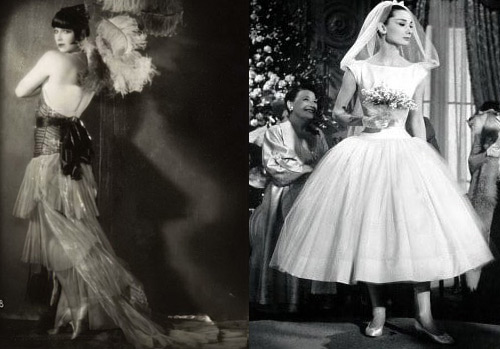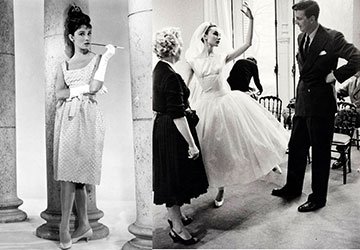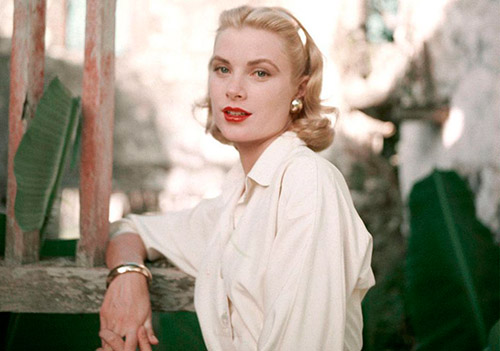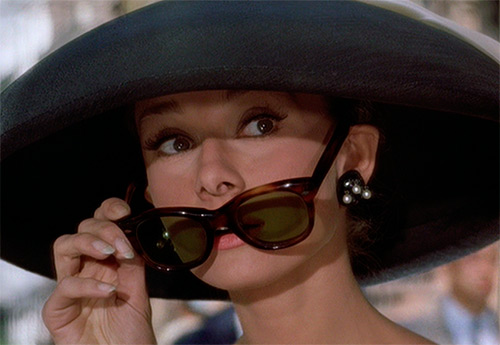Art
Costume Designer Edith Head
Edith Head - This name is familiar to those interested in fashion, it has become synonymous with fashion design in cinema. Yes, the entire creative life of this woman was connected with cinema. Viewers usually do not know the names of most of those who are behind the backs of famous actors. Old Hollywood films - they had so much charm ...
The characters in these films looked so flawless that many of them remained in the memory of the audience for many years, who remembered with admiration and passed on their delight and feelings to the next generations. That is why the images of Mae West, Audrey Hepburn, Elizabeth Taylor, Grace Kelly ..., their magnificent outfits, which were imitated by many women - the highest standards of glamor and elegance, still live on. And this is no small merit of the legendary costume designer Edith Head.
She has dressed Hollywood actors for over fifty years and has designed costumes for over 1,000 films. During this time - 35 Oscar nominations and 8 well-deserved statuettes for the best costumes. But when she came to the film studio at Paramount, she did not have the appropriate education and did not even know how to draw.
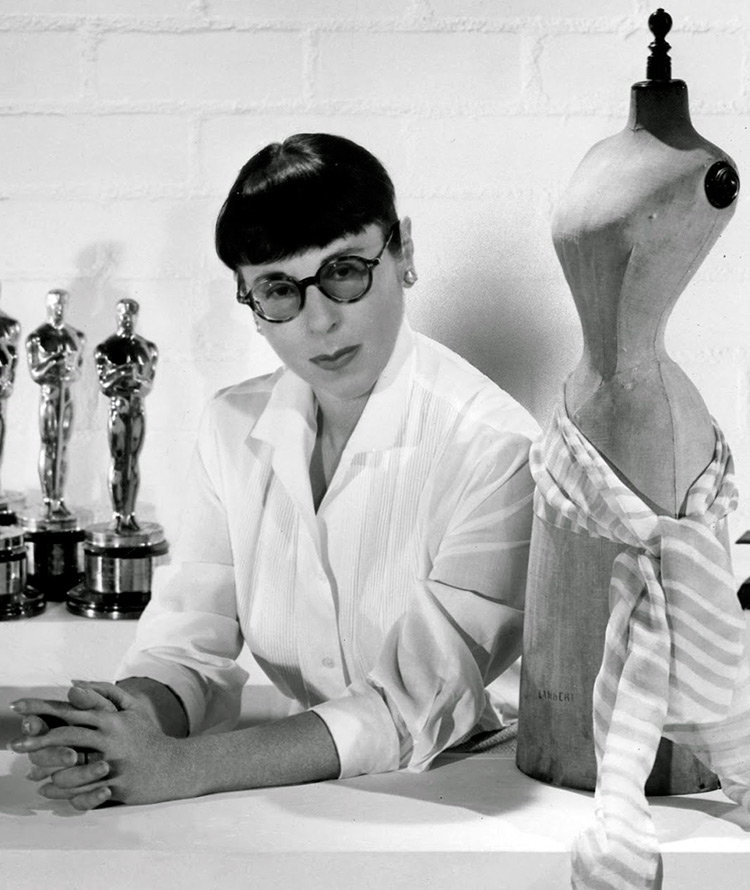
None of the artists of her time did as much as Edith Head did. When she drew her sketches, one of her main principles was to contribute to the development of the character of the character or the story inherent in the film, because clothes are not just a decoration of the film, but one of the most important elements of influencing the audience.
Edith Head has received the highest recognition among hundreds of Hollywood designers for her unique performance, determination and ability to present herself. And it all started not at all the way many people think to hear - "... she was from childhood ... etc.".
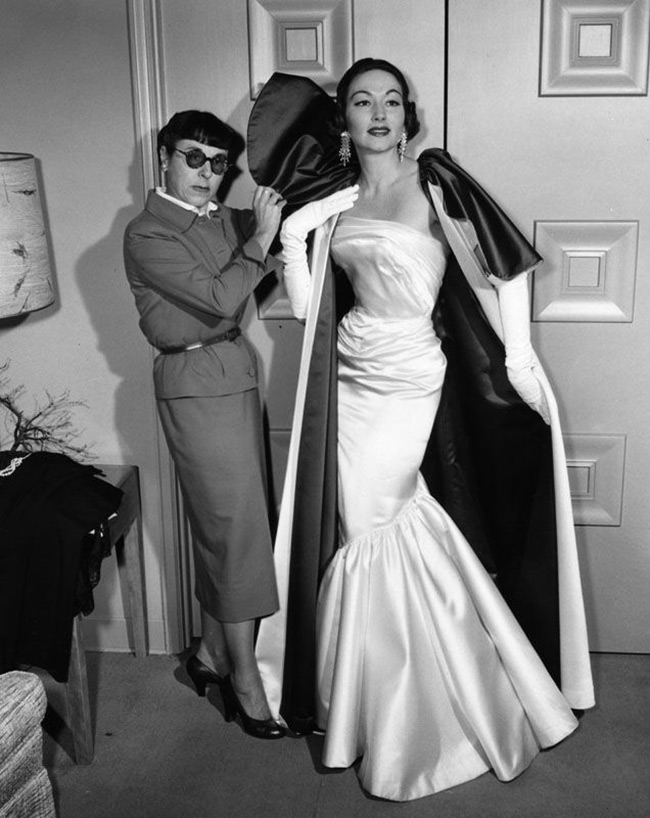
Edith Head was first Edith Claire Posner. She was born on October 28 in 1897 in San Bernardino to a Jewish family. Her mother, Anna Levy, married Frank Spare in 1901, who adopted Edith and gave her his last name. In 1918, Edith graduated from the University of California at Berkeley, and went to Stanford to continue her studies and receive a master's degree in Romance languages.
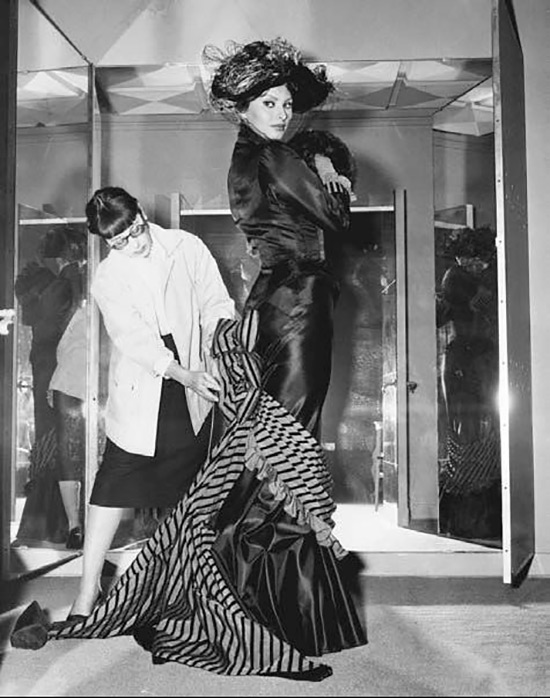
In 1923, Edith Head began teaching French at a girls' school, and at the same time attended evening drawing classes at Chouinard Art College. There she met Charles Head, with whose sister she studied. The marriage was unsuccessful, they quickly parted. Edith married the second time in 1940 to the interior designer Wiard Ainen, with whom they lived happily until his death in 1979.
But let's go back to 1923 again. In drawing courses, Edith met not only her future husband, but also girls who turned out to be the daughters of the famous director Cecil B. de Mille. To earn a little more money, Edith became a foreign language repeater for girls.
Once they invited Edith to attend the filming of another de Mille film. This visit made an indelible impression on Edith, and she constantly returned to what she saw in her thoughts.
This is what prompted her to respond to an ad that wanted a costume designer. But she doesn't know how to draw, so what - she's studying, the main thing is now, while she has a happy chance, to get into a film studio. Edith probably thought so. Therefore, she immediately went to the studio, where the chief designer Howard Greer asked her to bring at least a few sketches to assess the girl's abilities. Without hesitation, Edith borrowed drawings from students of art courses, and the next day brought them to the chief designer, who was simply delighted with her talent.
The girl got the job, but the deception was soon revealed.However, this did not make Greer angry, but amused, because the girl was really capable, and the inability can be corrected, and he began to teach Edith to sketch. She grasped everything on the fly, honing her skills by overseeing the work of Greer and his assistant Travis Benton.
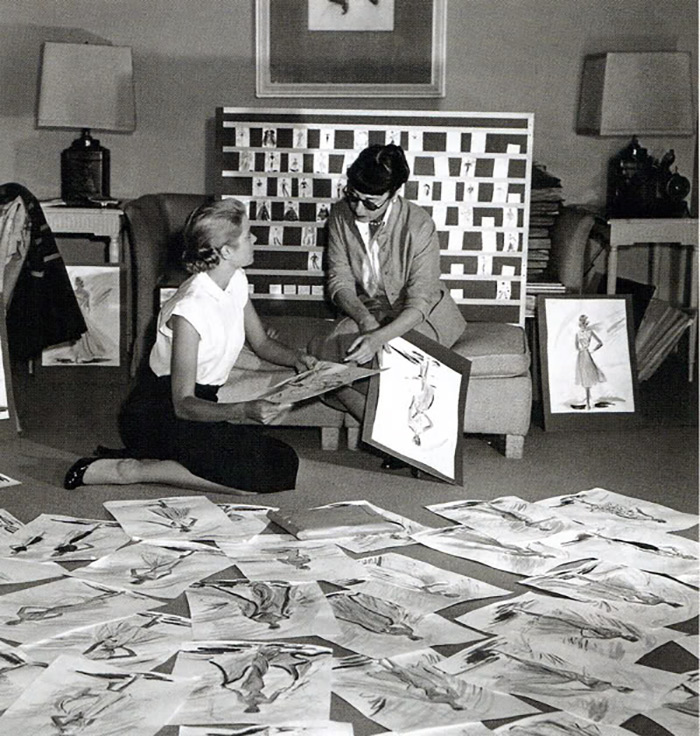
At first at Paramount, Edith helped Greer and Benton, then she was entrusted with the Western department, where she worked for four years, and then the Grandmothers department, as she called the creation of costumes for the grandmothers and aunts of the main characters in the film. When Howard Greer opened his store and retired from Paramount, Edith was appointed assistant chief designer, Travis Benton. He trusted her to design costumes in those cases when he was very busy himself or the actress who needed to be dressed, he did not like. So gradually Edith learned not only to create costumes, but also diplomacy in this difficult world of cinema.
In 1932, Benton went to Paris for a fashion show, and Edith was lucky enough to create costumes for the controversial Mae West in She Was Wrong. The actress told Edith that dresses for her should be loose enough to prove that she is a lady, and tight enough to be seen as a woman. Edith understood everything, and all the outfits were so impeccable that the film that broke all box-office records and saved Paramount from bankruptcy, to some extent, owed its success to Edith.
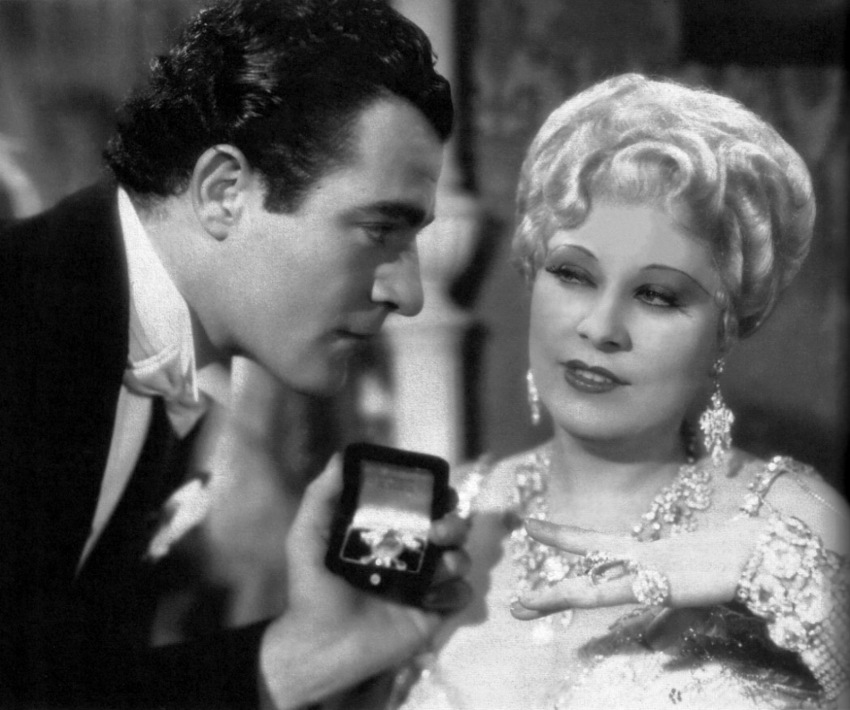
Mae West
The next problematic lady was Barbara Stanwick, whose figure left much to be desired. Edith Head wrapped the actress in gold brocade and showered with sparkling rhinestones. Is it possible in such a beautiful outfit to see that the figure is not the best. But the outfit not only aroused admiration among everyone, a new sex symbol appeared in Hollywood, and Edith had a good friend. Later Stanwick became one of the most successful film actresses in Hollywood. She starred in films until she was 77 years old, and was always attractive and did not get lost against the background of the young.
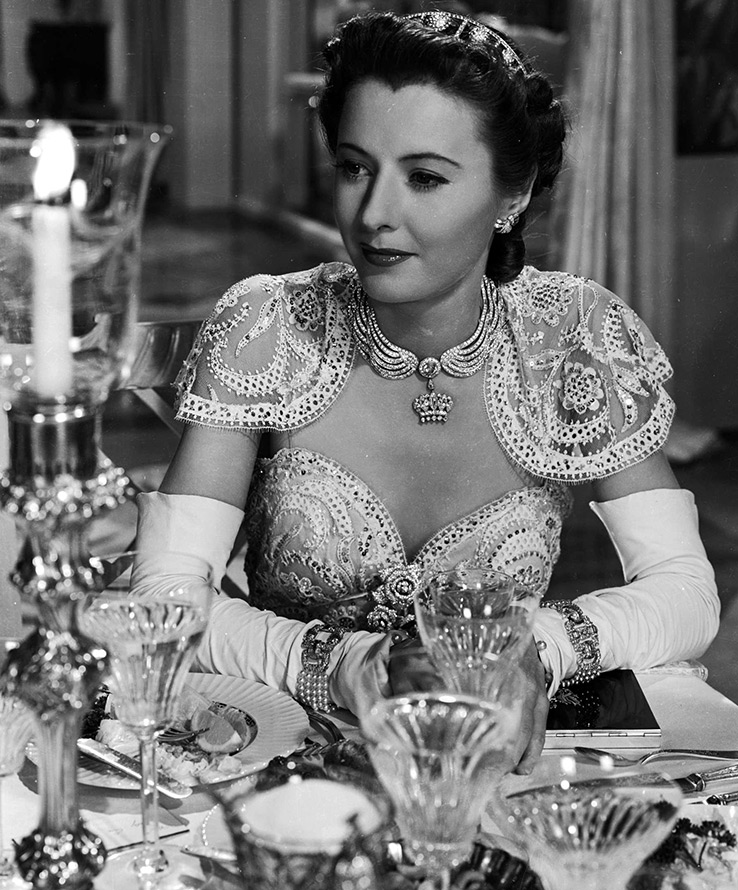
Barbara Stanwick
After Benton left the studio, Edith Head became the head designer. Among the designers of that time, she was, one might say, the only woman who held a high position. She worked at Paramount for 44 years, worked 16 hours a day, made up to 50 films a year. In 1967, Edith Head signed a contract with Universal Studios and worked there for the rest of her life.
She said about herself: “I know that I am not a creative genius. In diplomacy, I am stronger than sketches. " From this phrase said about myself, you can understand a lot about what the famous Edith Head was. In the world of cinema, where fame and vanity, envy and intrigue soar, she managed to get along and find contact with everyone. Edith knew how to understand everyone, she, as she said, was an artist, fashion designer, tailor, historian, sales agent, nurse and psychiatrist all rolled into one.
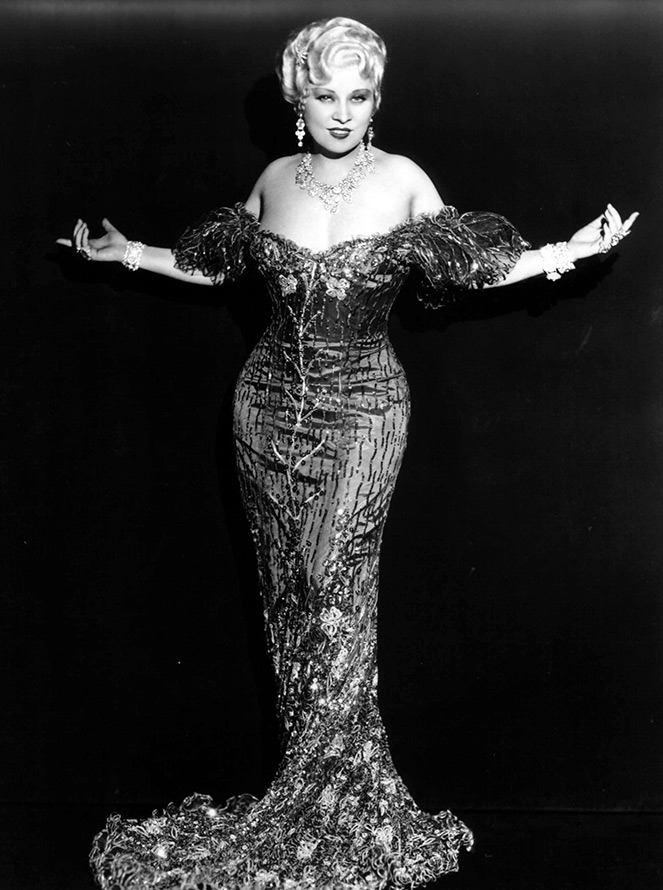
Mae West in the movie She Was Wrong
In 1948, the Oscar nomination for the best costumes was established, and Edith was confident that she would become its owner, because she had worked so hard and successfully, and besides, she was already 50 years old. But it turned out otherwise, Edith was so upset that the first days after the award, for her were some of the most difficult in her life. She silently bore this bitterness in herself, without complaining or complaining about anyone.
And after this grief, awards followed. Many directors trusted their films and their actors to Edith Head. With Alfred Hitchcock alone, she made 11 films.
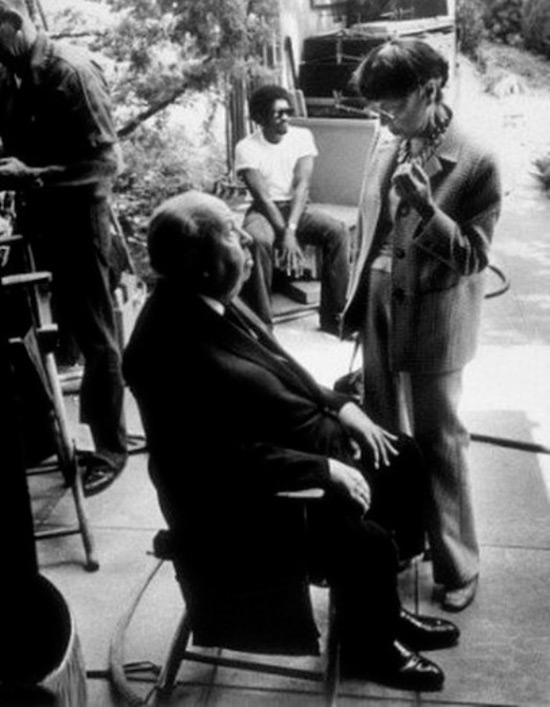
When Edith was asked questions: “Which director do you enjoy working with the most? “Which actor did you like to dress the most? What's your favorite movie? ”She replied:“ Watch “Catch a Thief”. Get answers to all your questions. " Hitchcock was always very strict with clothes and indicated what styles and colors should be according to the script.
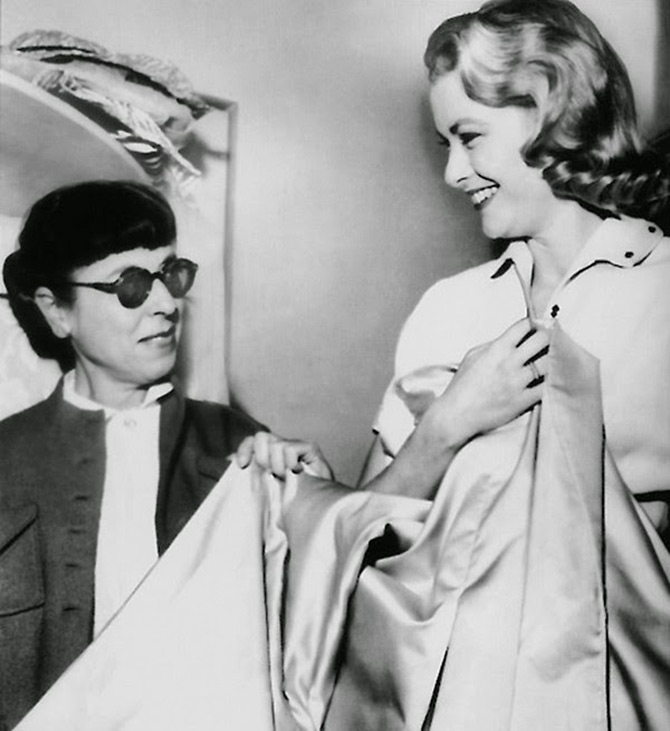
In terms of style, Catch a Thief can be called absolutely flawless. Everywhere Grace Kelly looks amazing. But not only the actress was amazing, all of her outfits, which Edith designed, remembering her principles of influencing the audience through clothing and color, made it possible to dramatically play out the plot twists of the film.
Edith Head won an Oscar for her costumes in the black-and-white film Heiress in 1949.
In 1950, two more Oscars followed - one for the costumes in the film of his old friend de Mille, Samson and Delilah, on a biblical theme, and the second for the film All About Eve. In 1951, she won an Oscar for costumes for her beloved Elizabeth Taylor in A Place in the Sun.
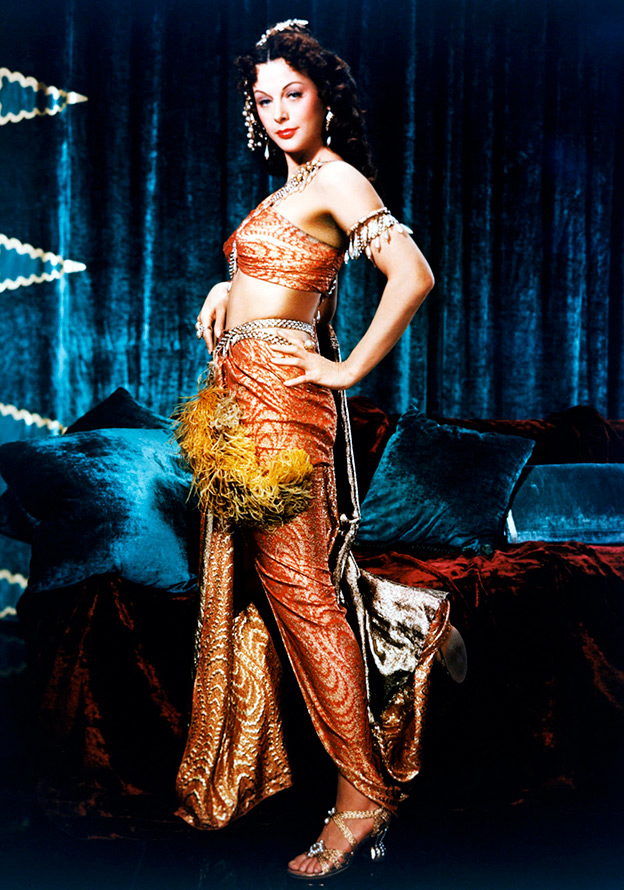
Samson and Delilah
In 1953 he won an Oscar for the film Roman Holiday.
This picture was a huge success with the public, women, one might say, of all ages and nationalities, wanted to look like the brilliant Audrey. And all because Edith managed to show all the best dignity Audrey, hiding a thin neck, protruding collarbones and large feet. Instead of the sleeveless blouses she had originally planned, she wore long-sleeved shirts that rolled up, skirts made wide and long, a scarf around her neck, and so on.
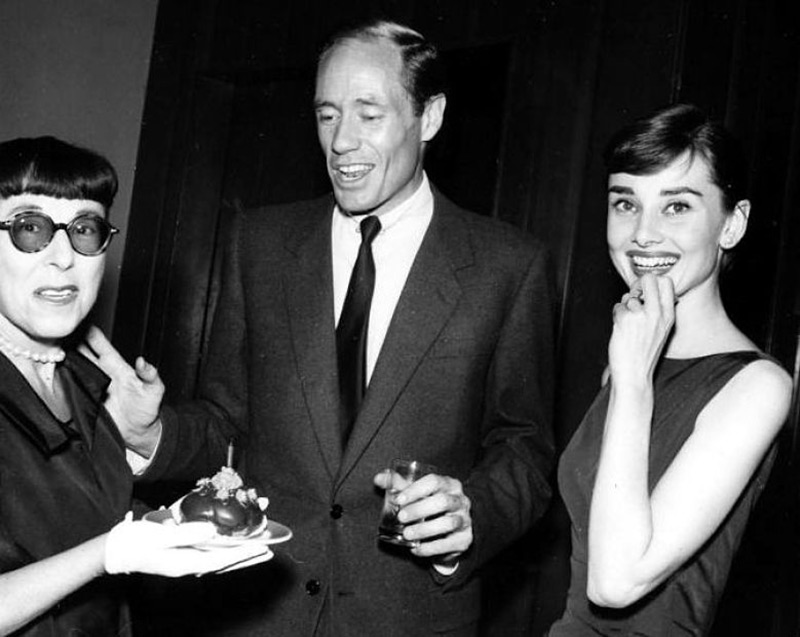
Edith Head loved creating outfits for women, especially in historical films, completely changing their look. She always believed, and was absolutely right, that the costume in the film and the costume designer are an important part of cinematography, because with the help of clothes you can express the character of a character, "... a hero looks like a hero, and a villain looks like a villain ...". And sometimes, on the contrary, with the help of clothes you can "... slightly lead the audience by the nose, dressing the positive heroine as a vamp woman, ..." and so on.
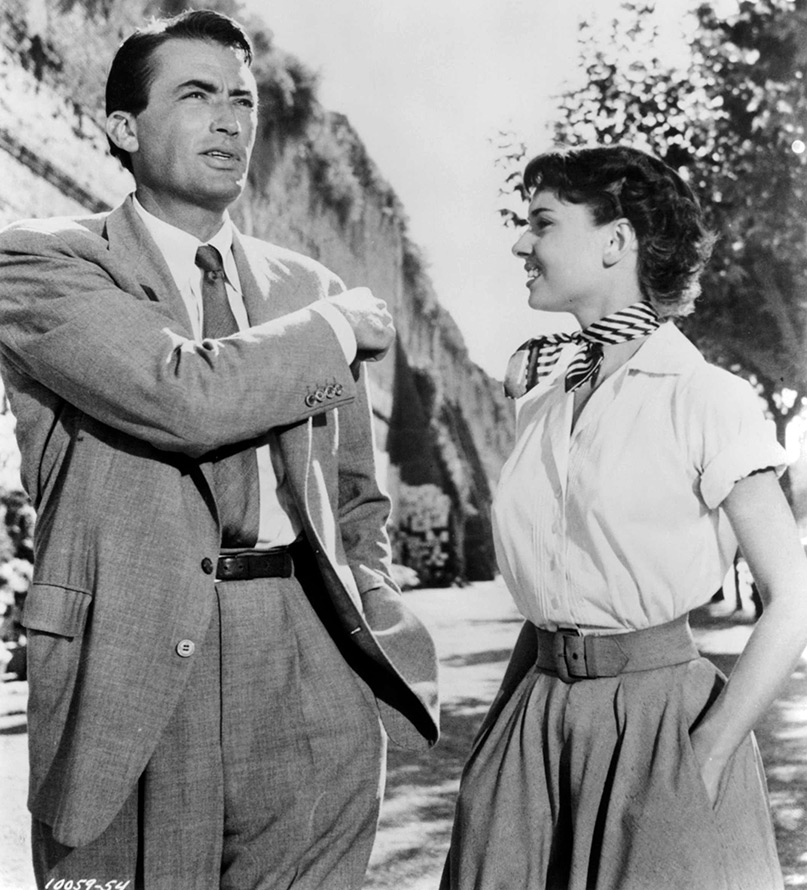
"Roman holiday"
In the 50s, Edith Head was recognized by the Costume Designers Guild in the film industry as a leading artist. And later she was elected president of this organization. Along with her work in films, Edith Head has appeared on television, made sketches for fashion magazines, hosted the "Notes on Fashion" program on CBS radio, and wrote two books. The Dress Doctor, written in 1959, became a bestseller.
Edith Head was a silent and private person. Probably because she always wore dark sunglasses, or maybe, as she said, for the reason of understanding how colored clothes would look in a black and white film, because the glasses of the glasses were dark blue. Both sunglasses and Edith's hairstyle became a trademark in her image.
The flat bangs and chignon at the back of her head, in imitation of the actress Anna Mae Wong, which she copied back in the 30s, remained with her for life. Edith Head has created her own unforgettable image. In the cartoon The Incredibles there is one of the characters - a small dark-haired woman with glasses, Edna Maud, who comes up with the styles of the costumes. What do you think - whose prototype is featured here? Yes, of course - this is Edith Head.
Edith Head died quietly in her sleep on October 24, 1981.
Edith went through a long career before she received well-deserved awards. She contributed not only to cinematography, but also to world fashion. After the release of each film where Edith created her costumes, many women around the world wanted to have the same outfits and look exactly like the main character of the picture. Not surprisingly, the fashion of that era played a major role in films, and the creators of fashion realized how useful cinema can be for them. It has become fashionable what the stars wore, on the screen or in life, it does not matter, as indeed it is today.
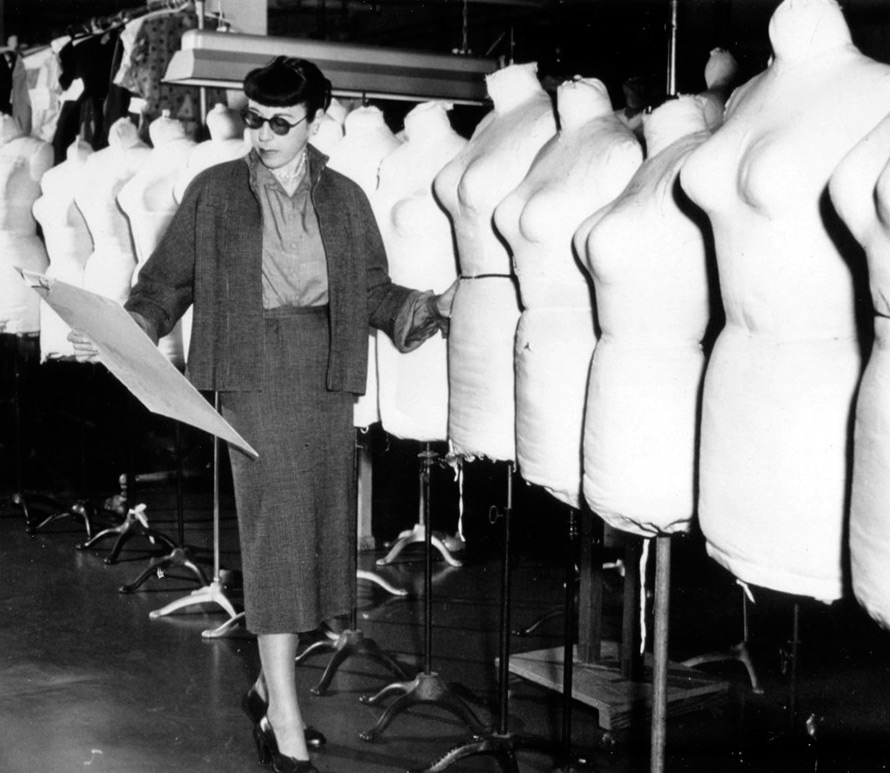
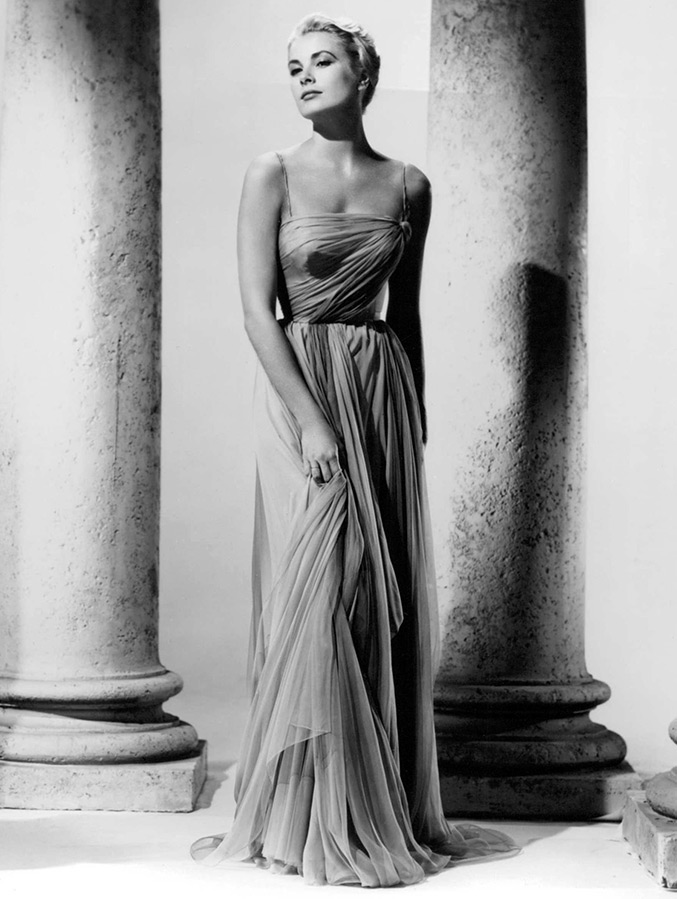
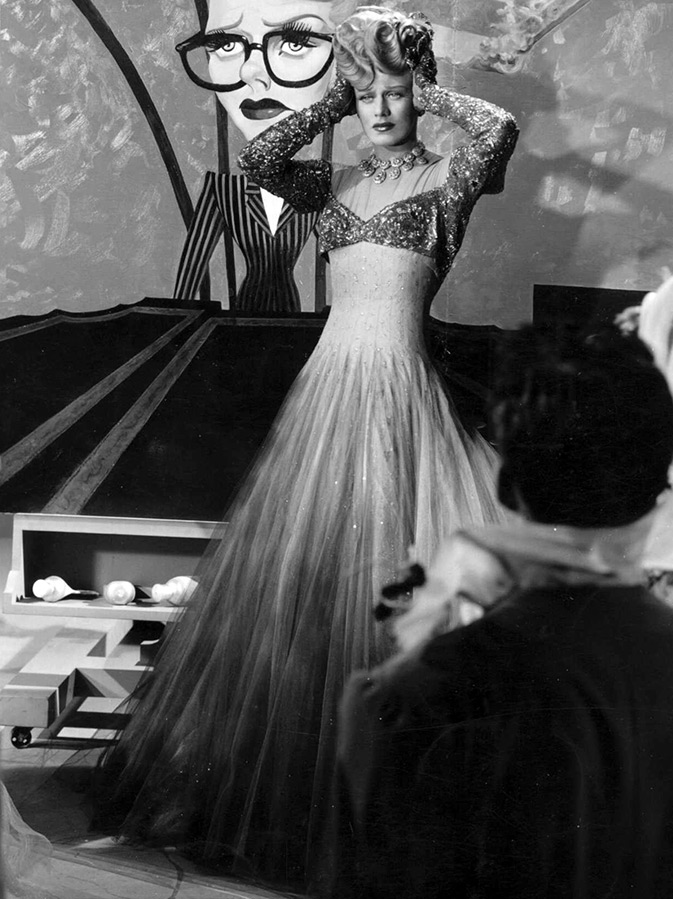
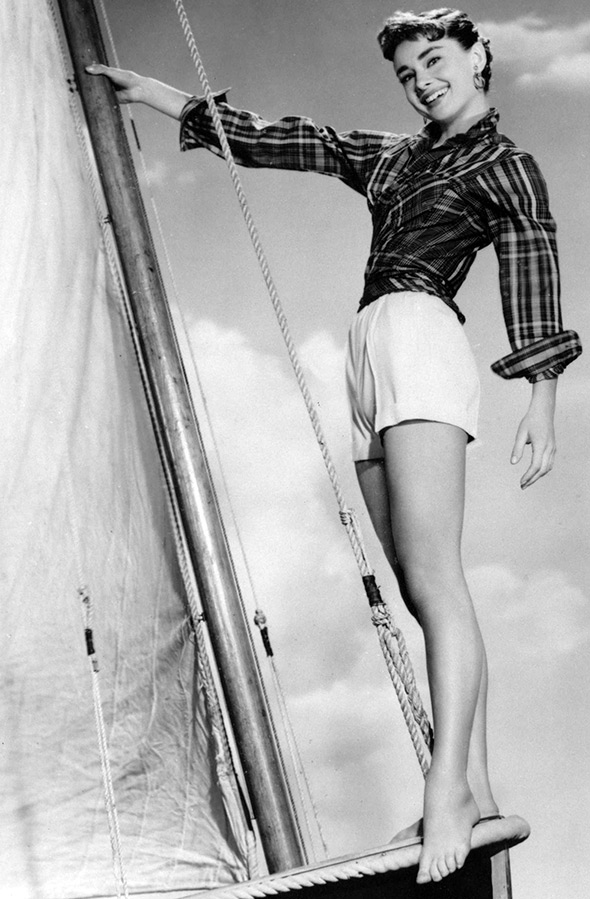
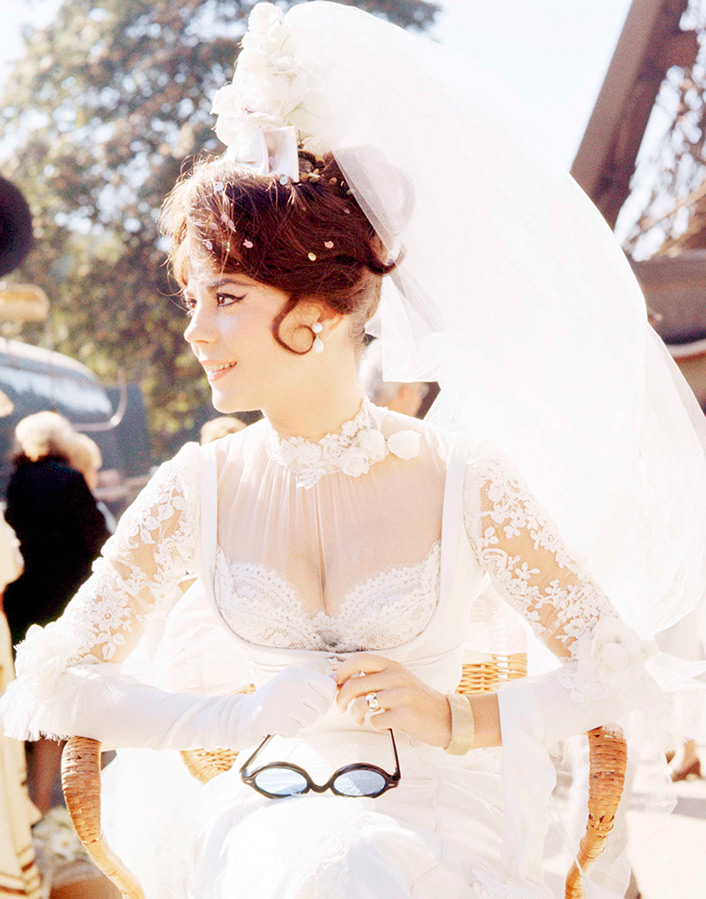
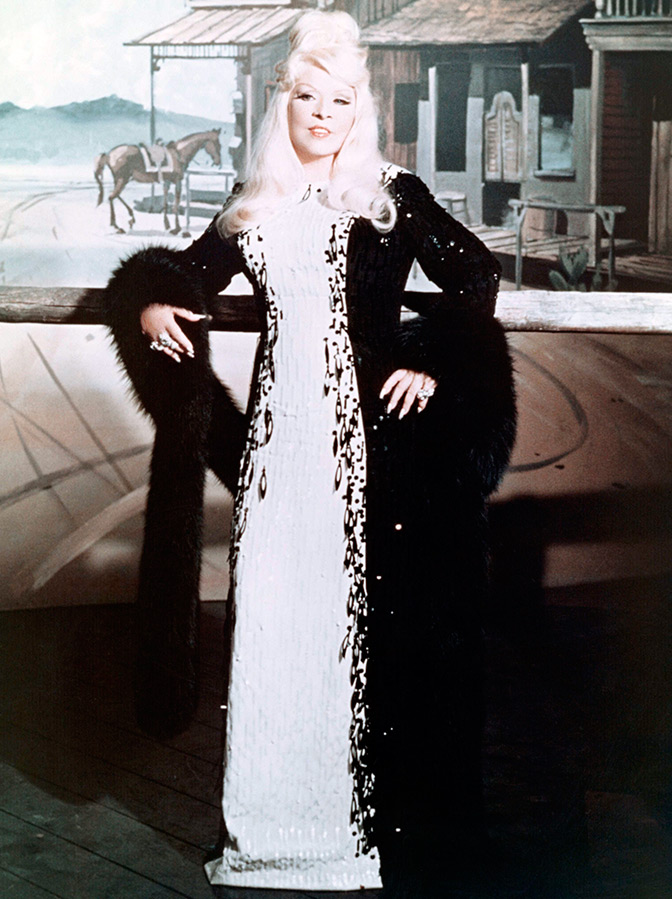
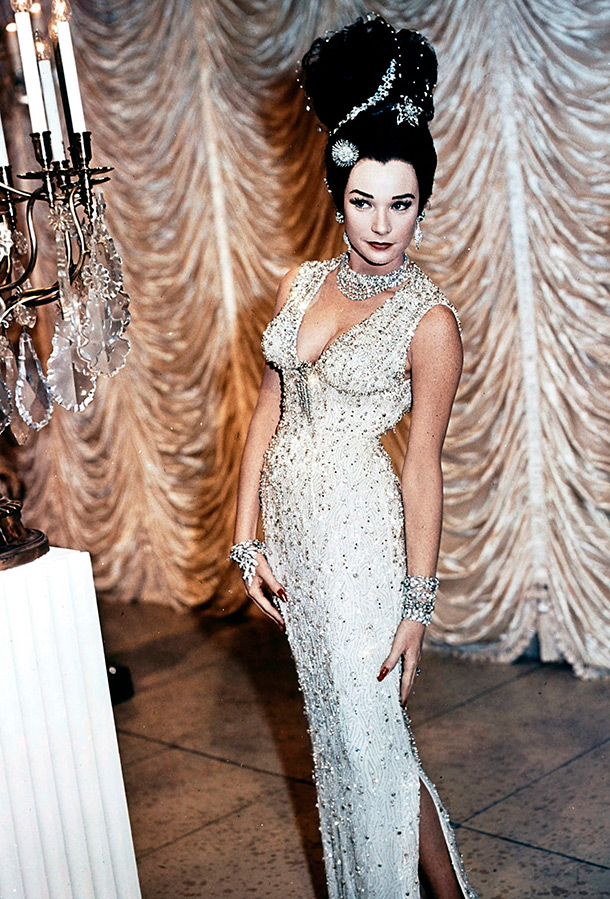
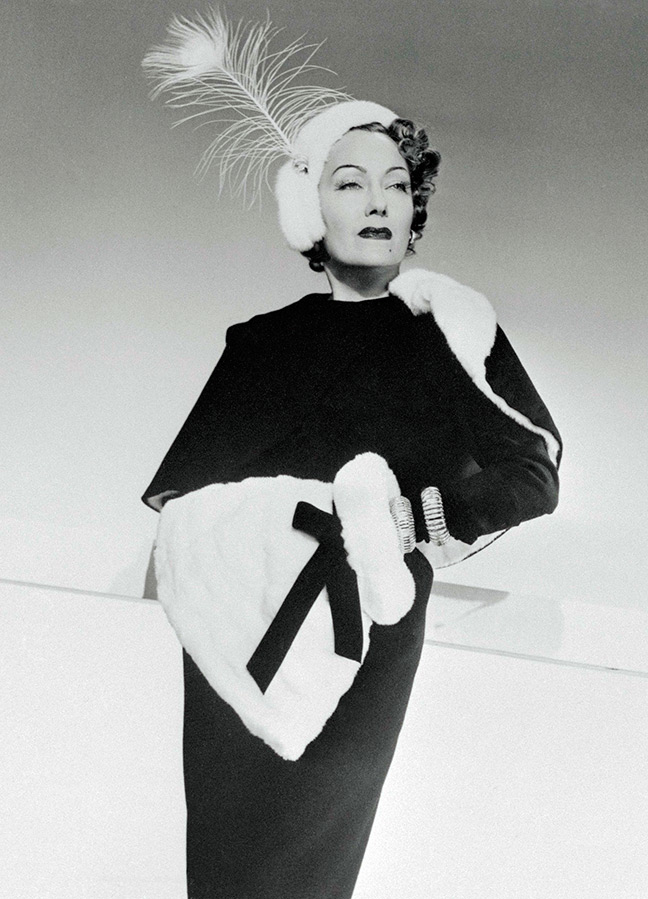
Comments and Reviews
Add a comment
Rating news
Shades of clothing that make women look younger
What shades of hair make women younger: rules and photos
Funny wedding dresses - photos and ideas
12 most expensive down jackets for the winter
How to look 25 at 40: tips from supermodels
Beautiful schoolgirls
Anti-aging haircuts and hairstyles for women
Fashionable skirts for autumn and winter
Fashionable women's trousers for the cold season
Fashionable and stylish sandals for summer 2024
Spring-summer 2024
 Fashionable dresses and tops with thin spaghetti straps
Fashionable dresses and tops with thin spaghetti straps
 Bandana tops: how to wear stylishly and beautifully
Bandana tops: how to wear stylishly and beautifully
 How to put together the perfect men's wardrobe for the summer
How to put together the perfect men's wardrobe for the summer
 Trendy shorts for spring-summer 2024
Trendy shorts for spring-summer 2024
 Fashionable skirts for spring-summer 2024: a guide to online shopping
Fashionable skirts for spring-summer 2024: a guide to online shopping
 The most fashionable dresses spring-summer 2024: styles and colors
The most fashionable dresses spring-summer 2024: styles and colors
 Fashionable total look 2024: image ideas and trends
Fashionable total look 2024: image ideas and trends
